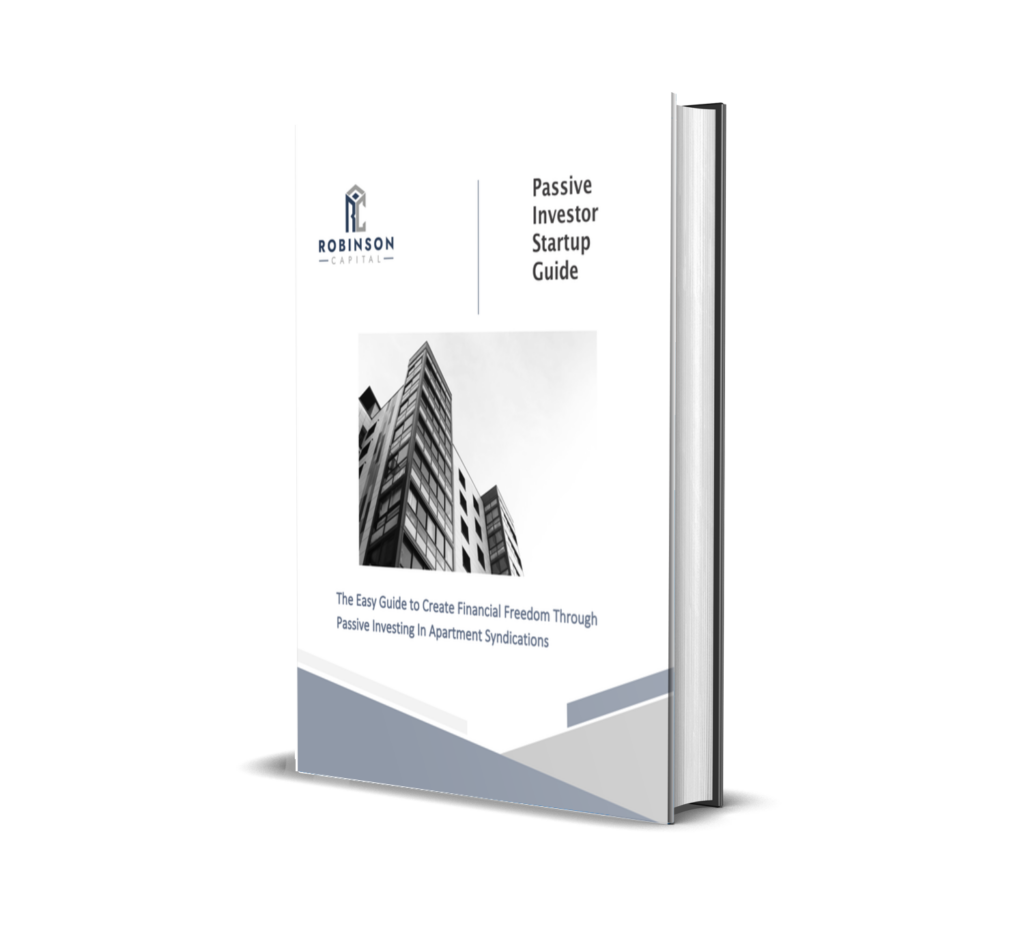Below outlines how passive investors, or Limited Partners (LP’s), in apartment syndications commonly receive returns.
Cash Flow from Operations
Distributions from Cash Flow
After the passive investor agrees to join the deal as an LP, she will receive her representative portion of cash flow distributed as however outlined in the private placement memorandum (PPM). These can be monthly, quarterly, semiannually or annually. Many of these syndication payouts are often quarterly. Returns are often calculated based on Cash-on-Cash Return (COC) measured on an annual basis.
Preferred Returns
If the investment offers preferred returns to Limited Partners (LP), passive investors have the luxury and comfort of knowing that before any manager (general partner) distributions are made, LP’s will first receive their preferred returns.
For example, if the sponsor offers 6% preferred returns to partners, that is a commitment that, after debt service, before any funds are distributed to the managing team of active investors, LP’s receive 6%. If that 6% of cash flow distributions is not achieved, the managers receive no distributions.
Furthermore, if the agreement includes cumulative preferred returns (as oppose to non-cumulative), any unpaid amount of preferred distributions (preferred return deficiency) will carry forward to the next distribution period until the 6% (or whichever preferred target) is fully met. This arrangement gives the passive investor confidence that any unmet preferred targets would remain priority in the next distributions.
From this, it is quite clear why passive investors should like preferred returns: similar to debt ownership, they provide confidence of a minimum return, knowing that no other cash flow is distributed until LP’s are paid, and investors can participate in the upside potential of equity ownership.
Sale or Refinance of Asset
The bulk of investor returns is commonly based on reversion, which is the sale of the asset. This is how passive investors receive their full-targeted returns.
After the asset performance is improved through a combination of operational and physical improvements, the team has increased the value and are ready to sell. This is how the cash is distributed:
- Proceeds are generated from sale
- Closing costs are paid
- Outstanding loan balance and costs are paid
- Net proceeds are split between Managers (LP’s) and Members (GP’s) in accordance with the predefined structures
The equity splits are known, understood and documented prior to the agreement. For the purposes of this discussion, in addition to the 6% preferred return, let’s say the agreement is that Limited Partners receive 70% equity and General Partners receive 30%. After the sale, Net Proceeds happen to be $500,000. In this situation, the distribution of proceeds would be as follows:
- Members (LP’s) receive $350,000 (70%)
- Managers (GP’s) receive $150,000 (30%)
That each of these distributions is further divided by the individual’s percentage investment as a Limited or General Partner.
Total Returns
The combination of equity cash flow and reversion results in the total returns, usually measured Average Annual Return (AAR) or Internal Rate of Return (IRR) – see our Real Estate Terms Page. This is the common method of measuring investment returns and comparing investment opportunities. Remember that the IRR is only as accurate as the assumptions used to calculate the returns, so vet your sponsor, ask questions and gain complete understanding what assumptions are made to assess the risk in the project.
Passive Investor Startup Guide

To find out more about what it looks like to invest as a passive investor in multifamily real estate, download our free Passive Investor Startup Guide here!
Popular Passive Investor Articles
- – Mindset: Freedom through passive investing
– What is multi-family syndication?
– Do I have to be accredited to invest in a syndication?
– How passive investors can find great sponsors
– What to look for in potential syndicators
– About Robinson Capital

.

Rodney Robinson II
[email protected]